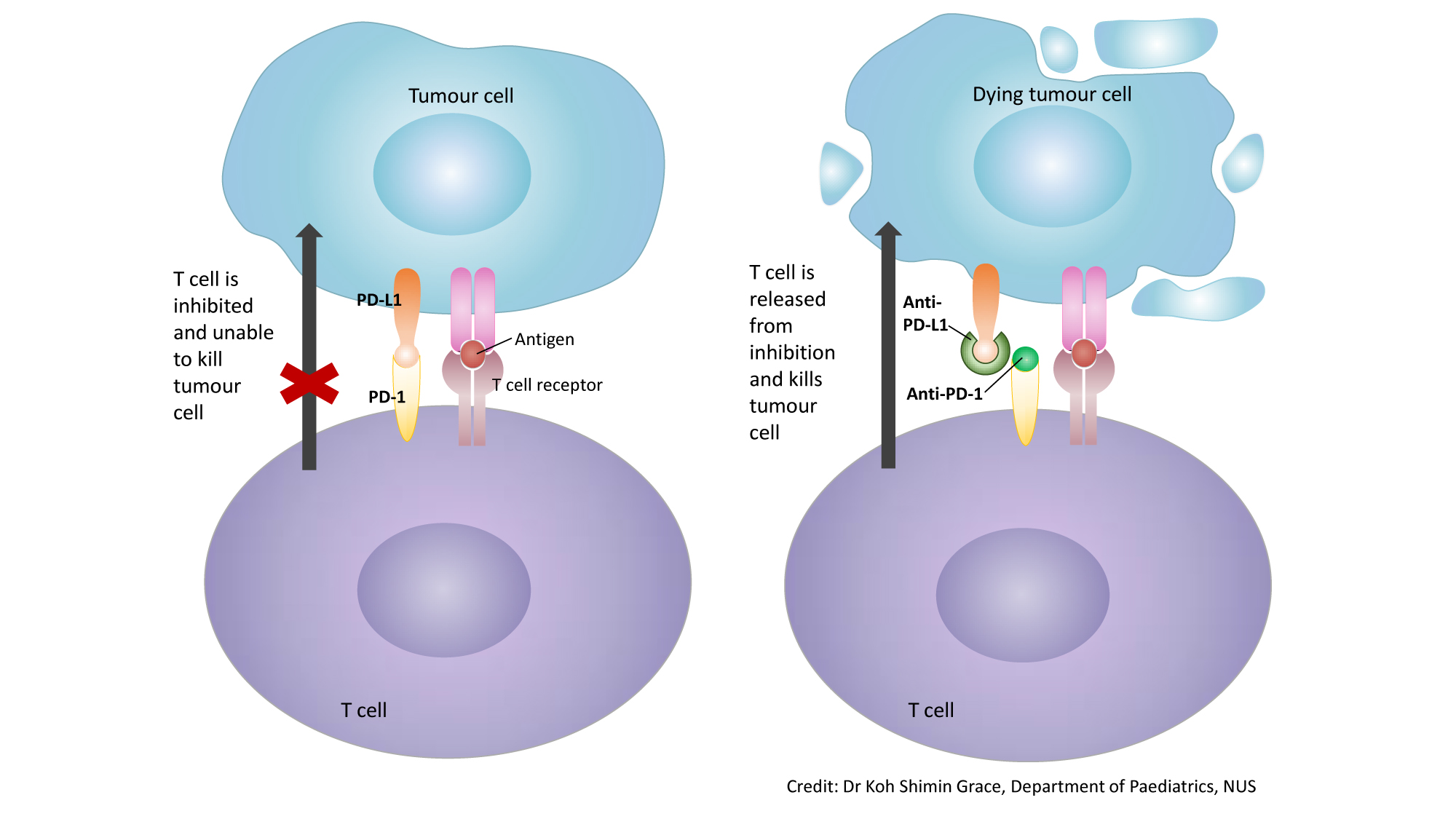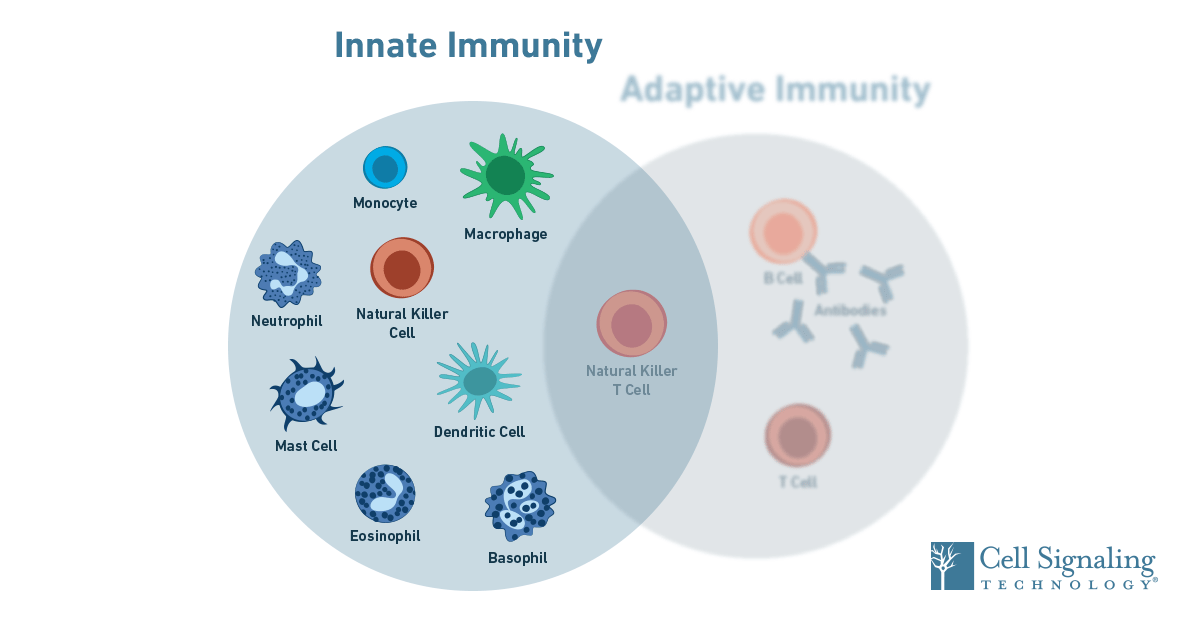

When the immune system first recognizes these signals, it responds to address the problem. And without a deep understanding of the immune system role in COVID, designing effective therapies is going to be difficult.Neutrophil (green) ingesting Staphylococcus aureus bacteria (purple). In other words, the antibodies that B cells make during initial exposure disappear in a few weeks, but the memory cells generated as a consequence of this persist for much longer.īut there is still a lot we don’t know. But this does not exclude the existence of memory T and B cells, capable of re-emerging from their dormant states to protect against re-infection. This suggests that antibodies to COVID may not last very long. And follow-up monitoring showed that about 40% of asymptomatic people had no detectable antibodies after eight weeks. But given the huge variability of symptoms and immune responses among patients, the precise timeline is unclear.Īnother recent study comparing groups of symptomatic with asymptomatic people showed that asymptomatic people had much lower antibody levels. Some studies suggest that COVID-19 antibodies can be detected for seven weeks in recovered patients. For example, we know that antibodies to other coronaviruses diminish over time (12 to 52 weeks from the time of infection). How long antibodies stick around for varies from one pathogen to another. This suggests that COVID elicits a robust memory T cell response, which could prevent recurrent episodes of severe COVID. More importantly, the researchers also found evidence of memory T cells in convalescent patients. This was even the case in patients who had no detectable levels of antibodies against the virus. (Coronaviruses also cause Sars, Mers and some cases of the common cold.)Īlso, recent research from the Karolinska Institute in Sweden showed that several COVID patients with mild to no symptoms had generated T cells against the virus. This study also showed that even some uninfected people had T cells to COVID-19, suggesting an overlap with the response to previous coronavirus infections – so-called cross-reactivity. But new information is emerging all the time.Ī recent study from the US showed that infected people are able to generate COVID-specific T cells and B cells. Technically speaking, as with any other infection, COVID-19 should generate an immune response, priming the proliferation of anti-COVID T and B cells.Īround 8.3 million people have recovered from COVID, yet evidence of exactly how the adaptive immune system responds to the novel coronavirus has, so far, been scarce. Since most people have not been exposed to the novel coronavirus, it can safely be assumed that uninfected people have no memory T and B cells and therefore no protection from a COVID-19 infection. Memory is the key feature of the adaptive immune system, enabling long-term protection. This time, though, they produce a much faster and stronger immune reaction. These memory lymphocytes remain dormant until the next time they encounter the same pathogen.

Once the adaptive immune system has vanquished the invader, a pool of long-lived memory T and B cells are made. CD8+ cytotoxic T cells, on the other hand, directly kill infected cells. The cytokines prime the maturation of B cells, which become plasma cells and produce antibodies to neutralise the pathogen. CD4+ are helper T cells that help the activity of other immune cells by releasing cytokines. T cells are further grouped into two sub-types, CD4+ and CD8+ cells. But the adaptive immune system is slow and can take several days before two key cell types – B cells and T cells – are brought into play.

The adaptive immune system has evolved to provide a more versatile and highly target-specific defence with an ability to distinguish very subtle differences in the make-up of infectious agents.

Without these cues, the adaptive immune system cannot be activated. Because of the intricate nature of the immune system, the innate system also provides cues in the forms of chemical signals (cytokines) or degraded products of infectious organisms (antigens) to activate the adaptive immune system, using a process known as “antigen presentation”.


 0 kommentar(er)
0 kommentar(er)
